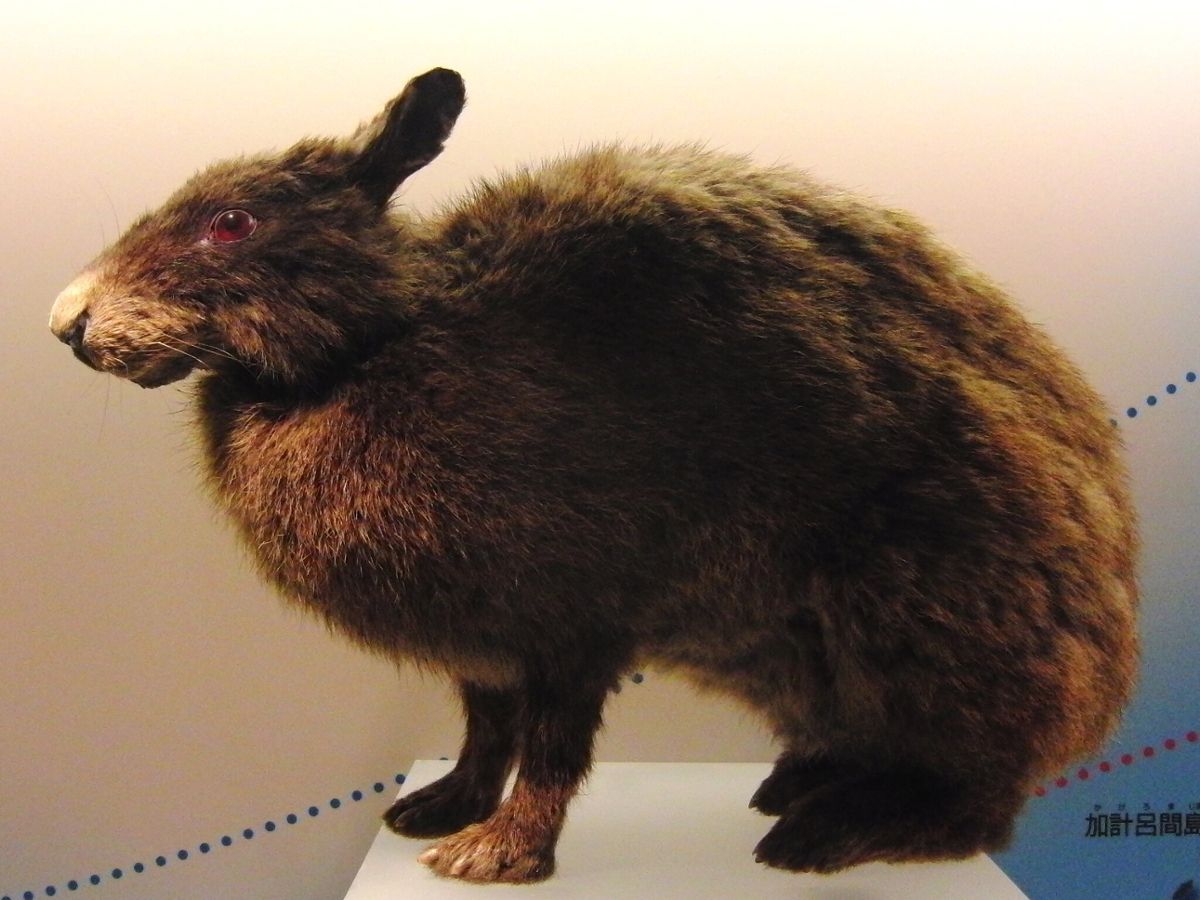Want to see me pull a rabbit out of a hat? I’m no magician, but today’s A Moment of Science brings you something you’ve never seen before: the black Amami rabbit.
If you were expecting me to produce a long-eared, fluffy white creature with red eyes, I’m sorry to disappoint. The Amami rabbit has woolly black or brown fur, with short ears. Its eyes are small and dark and its claws are tough. At a stout five pounds, it fits in my top hat comfortably, though females are a bit bigger than males.
Abracadabra! While I can conjure this critter out of thin air, you’re more likely to find it in its natural habitat: two small islands off the coast of Japan. Since the islands separated from the Asian mainland between 5 and 1.7 million years ago, the Amami rabbit exists nowhere else in the world, making it the only wild dark-furred bunny. Unfortunately, they’re experiencing a disappearing act. Though their population is estimated around ten to forty thousand, they face habitat loss and predators, like mongooses, introduced by humans.
At home in the islands’ rainforests and grasslands, these nocturnal cottontails hide in their nests during daytime. When they emerge, it’s quite the feat of illusion: under the cover of night, as they forage for leaves and acorns, their dark coloration turns them nearly invisible.
Mothers will dig a burrow specifically for birthing, camouflaging the entrance with dirt or vegetation. About forty days after their birth, her young leave the burrow to become independent.
The Amami rabbit is strange and special and all too real—no hocus pocus needed.










